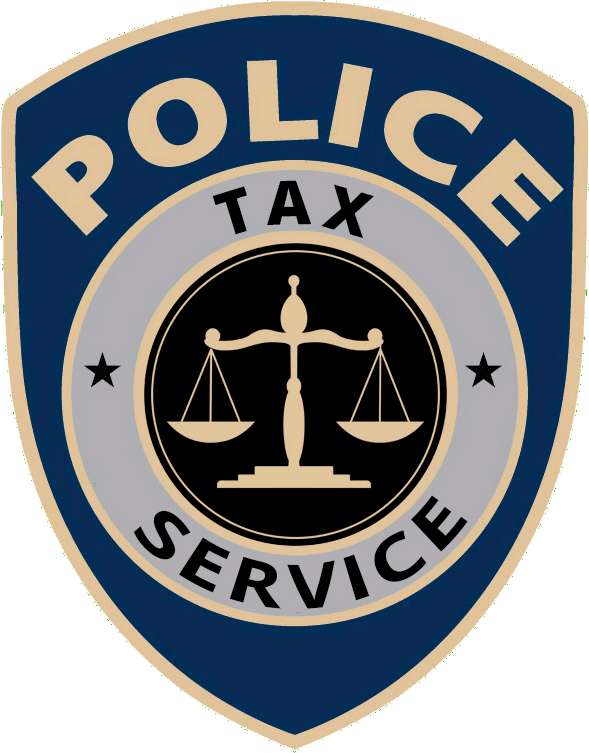Depending on your income and the age of your children, you could score a hefty income tax credit and possibly earn a tax refund.
Credit worth as much as $1,000 per child
If you have children who are under age 17 at of the end of the calendar year, you can get a tax credit of up to $1,000 per child on your tax return. A tax credit reduces your tax bill dollar-for-dollar, so three qualifying children, for example, can cut what you owe Uncle Sam by $3,000. However, the credit is cut back if your income exceeds the levels listed below.
It is important to understand that the credit does not affect the exemption deductions you take for dependent children. The child tax credit is in addition to those deductions.
To claim the credit
To qualify for the credit, you must meet these basic requirements:
The dependent must be a U.S. citizen or resident. You can claim your child, stepchild, adopted child, grandchild or great-grandchild. Under a recently revised definition of “qualifying child,” you can also claim the credit for siblings, step-siblings and half-siblings that live with you. Foster children qualify if they were placed with you by a court or authorized agency. To claim the credit, children must live with you more than half the year and must not provide more than half of their own support. You must report each qualifying child’s Tax Identification Number (TIN) on your return. It’s usually the child’s Social Security number.
Tip: Check your withholding
Because a child tax credit reduces the amount of tax you owe for the year, it may also reduce how much you need to have withheld from your paychecks. If you get a substantial tax refund, review the W-4 form on file with your employer to avoid having too much money withheld.
That’s the form that controls how much income tax is withheld from your wages. You may need to increase the number of allowances you claim to reflect the tax savings you receive through the child tax credit.
Credit is refundable for some taxpayers
In most cases, the child tax credit is nonrefundable, meaning if your credit is bigger than your tax liability, your tax bill is just reduced to zero. Any remaining unused credit is lost.
However, in certain cases, you can get a child tax credit refund when the credit exceeds your tax liability. This means that you would get a check for the remaining child tax credit after your tax bill has been reduced to zero. This refundable child tax credit is called the Additional Child Tax Credit.
The formula for calculating the refundable Additional Child Tax Credit is fairly complicated. If you have one or more qualifying children and more than $3,000 of earned income (income from wages and other job-related compensation), you may be entitled to a refund of up to 15 percent of your earned income (including tax-free combat pay) in excess of $3,000.
Or, if your earned income is less than $3,000, you may be eligible for a refundable credit if you have three or more qualifying children and you paid Social Security taxes that exceeded your earned income credit.
The 2009 Stimulus Act made it much easier to qualify for the refundable Additional Child Tax Credit by lowering the earned income threshold to $3,000.
As a result, more people with modest incomes should qualify for larger refunds.
Credit is phased out at higher income levels
The child tax credit is reduced or eliminated if your adjusted gross income is above certain thresholds. The credit amount is reduced by $50 for each $1,000 (or fraction thereof) by which the taxpayer’s modified adjusted gross income (AGI) exceeds the threshold amount.
The threshold is:
$110,000 on a joint return
$75,000 for an unmarried individual
$55,000 for a married individual filing a separate return



